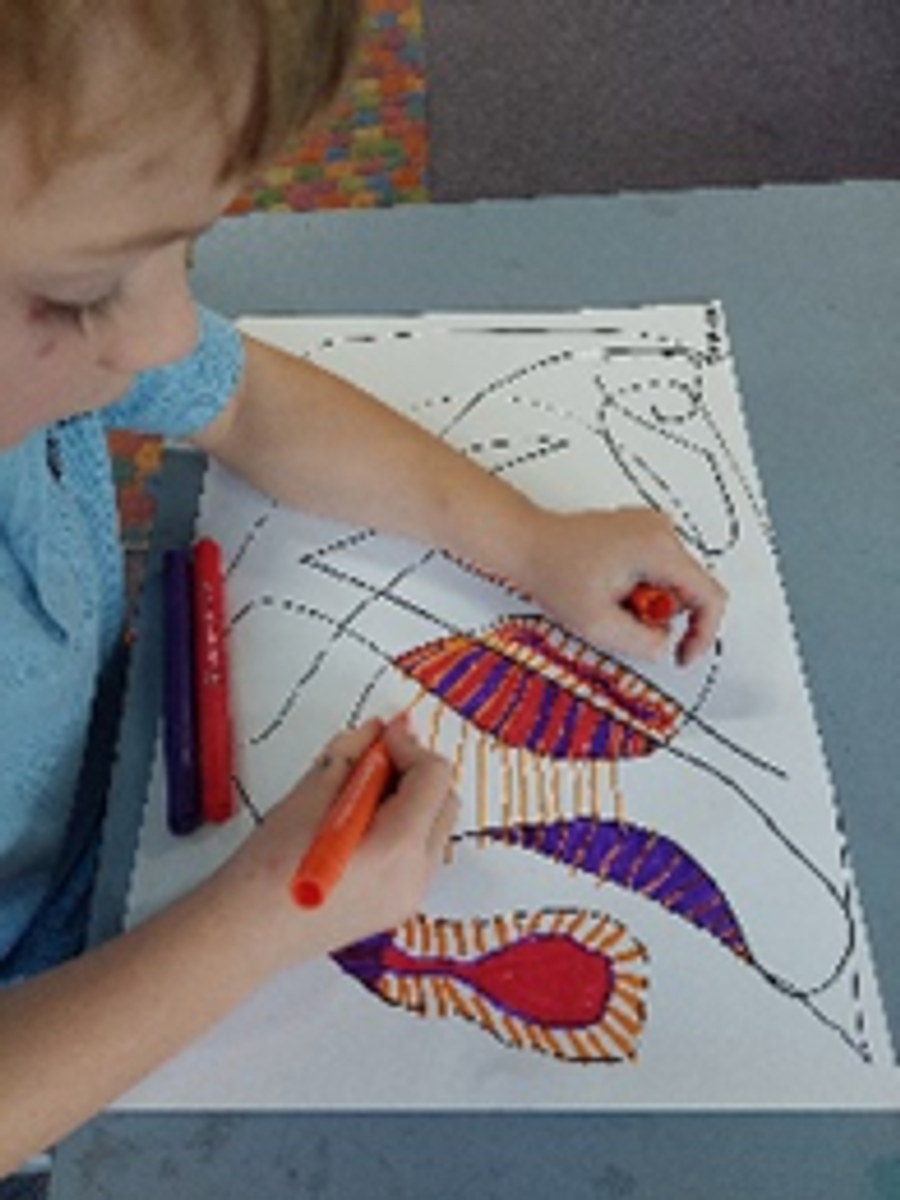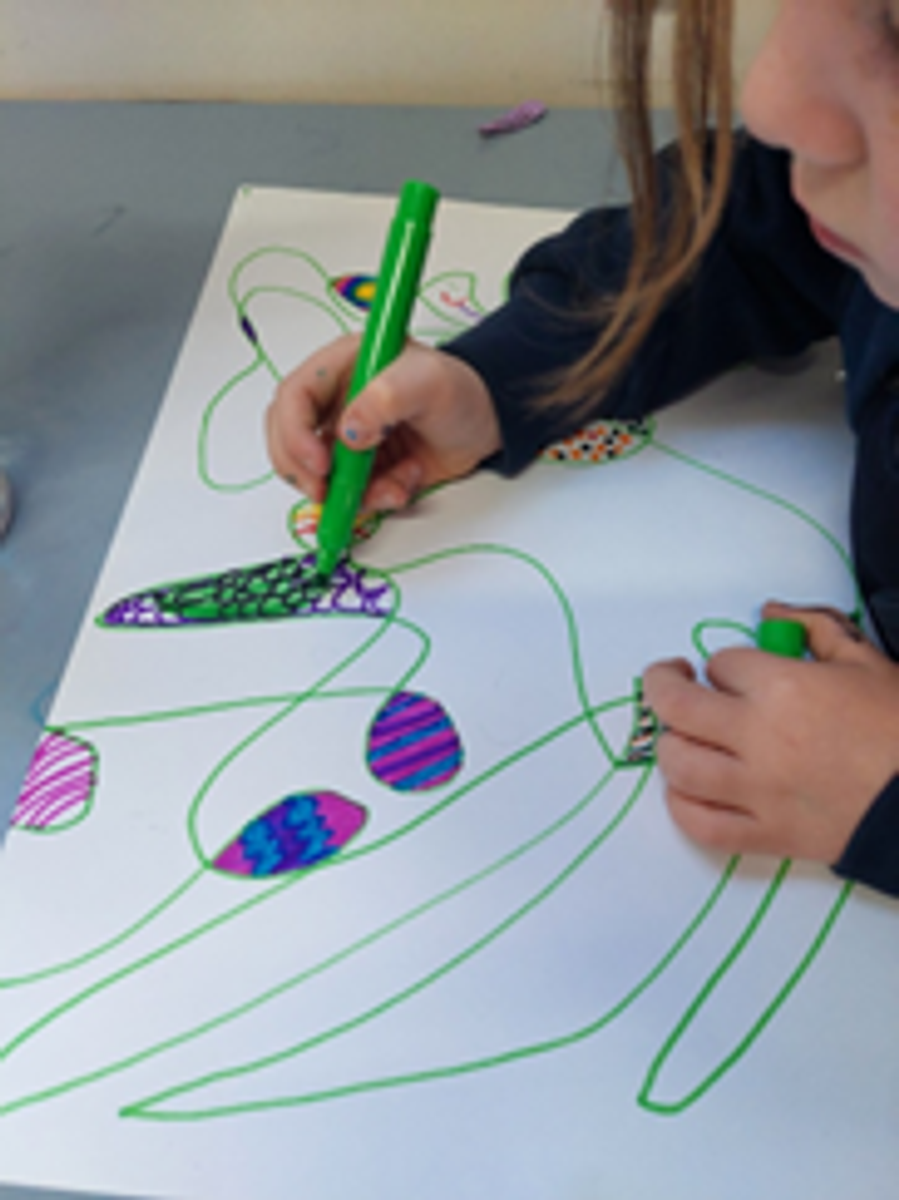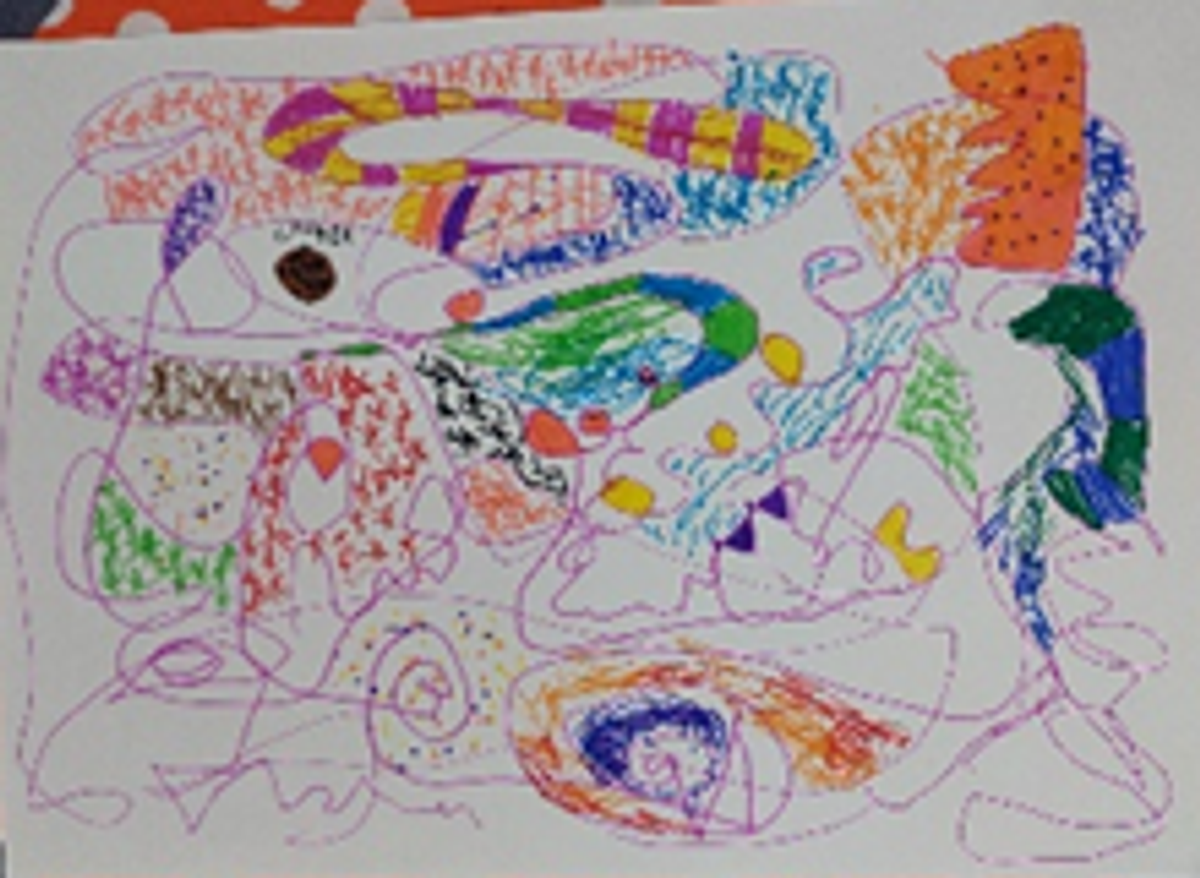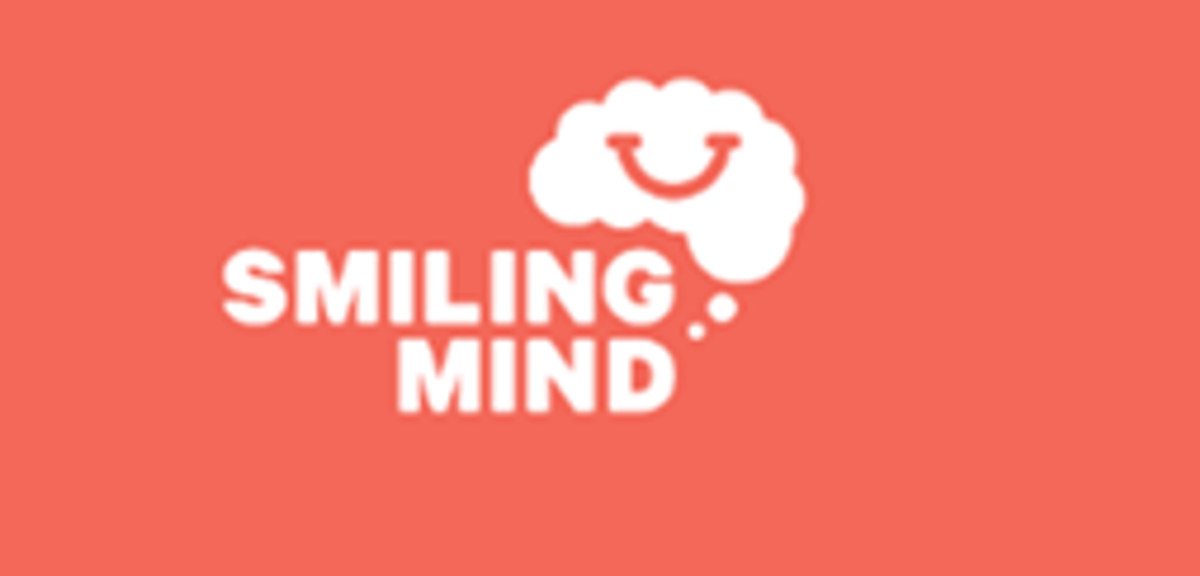Year 1 Bulletin

Social and Emotional Wellbeing
Victorian Curriculum - Personal and Social Capability
Self-Awareness and Management
Recognition and expression of emotions
- Extend their vocabulary through which to recognise and describe emotions and when, how and with whom it is appropriate to share emotions
Development of resilience
- Identify personal strengths and describe how these strengths are useful in school or family life
- Explain how being prepared to try new things can help identify strategies when faced with unfamiliar or challenging situations
Self-regulation is learning about your own feelings and emotions, understanding how and why they happen, recognising them (and those of others), and developing effective ways of managing them.
We encourage our students to use different strategies in order to manage their feelings and cope with different situations. This will ‘look’ different for each student, depending on their needs.
It is important that we provide opportunities for students to trial different strategies that they can draw upon, to self-regulate. Such strategies include; Starfish Breathing, Figure 8 Breathing, going for a walk outside, sitting in a quiet area with a book, and writing or drawing in a journal. This can support your child to feel calm, happy, focused, or in control.
Mindfulness
One way of managing how we are feeling is through Mindfulness.
Mindfulness meditation for children can help them learn to calm their bodies and minds. This can create a relaxed, positive environment which can benefit learning, behaviour, communication and self-regulation.
Mindfulness is all about being right here, right now, in this moment.
Mindfulness is noticing your thoughts, what your body feels like, what your ears are hearing, and anything else that is around you and happening right now.
Practising mindfulness gives us the skills to pay attention, to calm down when you feel upset, and to make better decisions.
We can start to develop the skill of mindfulness by practising paying attention to our body.
Mindfulness meditation is like exercise for your brain. Just like we do exercise to keep our bodies healthy, we can practise mindfulness to keep our brains healthy.
Source: Smiling Mind
As part of Mindfulness, students can adopt a strategy to support them with managing different emotions and tricky situations. One of these strategies is deep breathing.
Deep Breathing Technique
When we reconnect with deep breathing patterns, our nervous system can finally relax. For children, this can mean reducing stress and emotional unrest. Using your breath can be a powerful technique to relieve anxiety and worry, and calm the body and mind.
Smiling Mind: The Land of Mindfulness – Belly Breathing
Through the Smiling Mind app, the students commenced the session with a ‘Belly Breathing’ exercise which focused on awareness of breath.
Paying attention to the present moment.
Task: Draw Your Breath
Learning Intention: To explore a strategy that can support me with feeling calm.
Students were given a large sheet of paper and a marker. With the marker in the middle of the paper, they breathed in and out, drawing lines for each breath. During this activity, the students did not raise their marker from the piece of paper. When they breathed in, they drew a line in any direction. Keeping the pen on the paper and when they breathed out, they drew another line. The students kept doing this as they breathed in and out making their own lines and shapes.
Following on from this, the students used different colours to colour in different shapes. They also drew patterns or pictures in each shape. Relaxation music was played. It was a very organic way of students expressing themselves, and it was interesting to observe the art works take shape in unique, creative and colourful ways. Such an exercise can also be referred to as Art Therapy.
Students were asked to reflect - How did you feel when doing the task?
“I felt calm and happy. I could picture in my mind a rainbow as I made the swirls.” - Heeya
“It made me feel calm and not worried. I pictured a dandelion in a field and the wind’s blowing it.” - Lincoln
“I felt calm and happy. I pictured a parrot that was really colourful.” - Charlie
“The belly breathing made me feel calm. I enjoyed creating lots of different things in my drawing.” - Blake
What you can do to support your child at home:
Download the Smiling Mind app or go to the website and explore some of the guided meditations with your child.
Angela and Gillian










